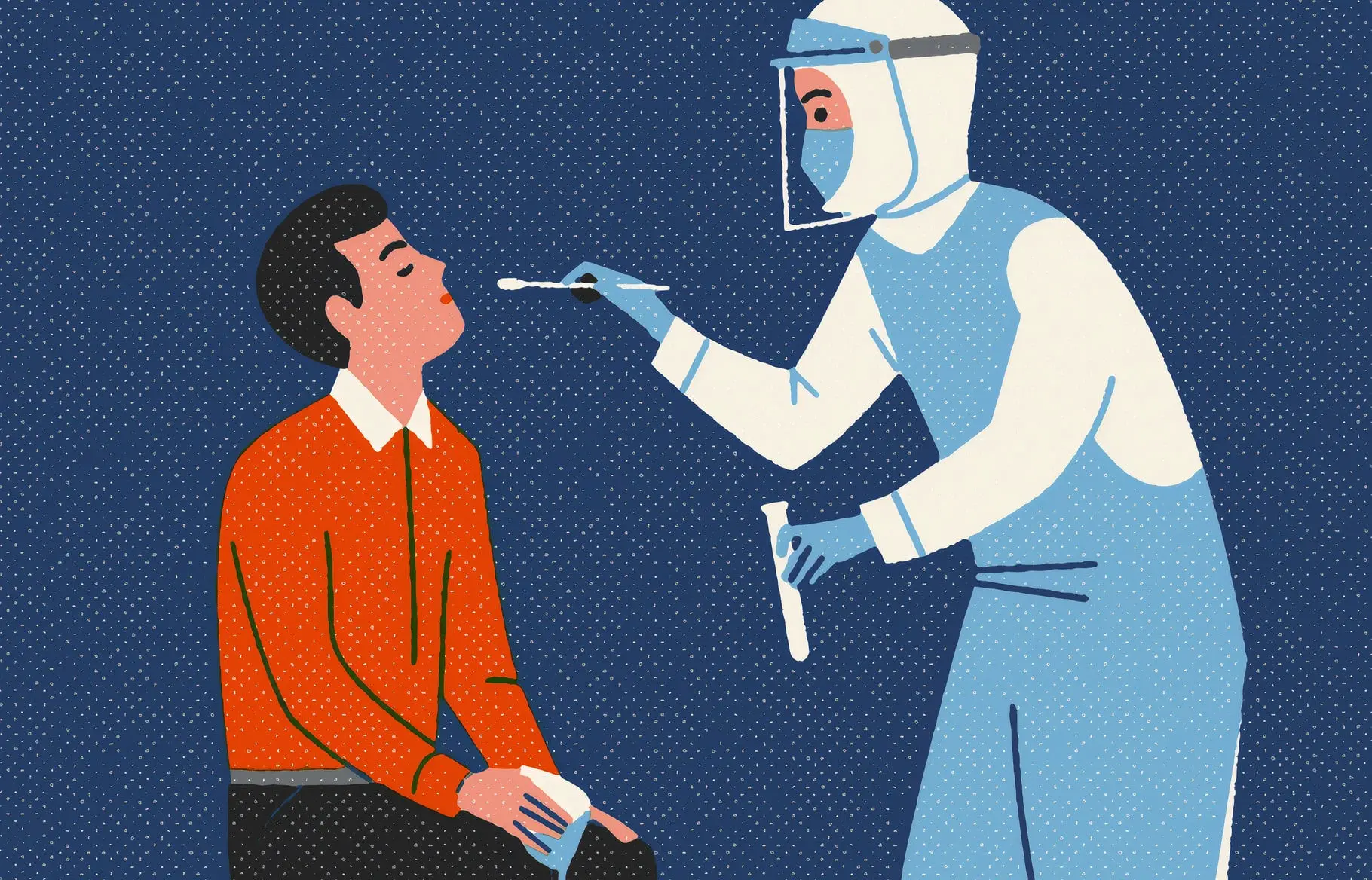Tests which pick up Covid-19 cases without the person showing symptoms will be coming to the Isle of Wight.
The lateral flow antigen tests can be used for asymptomatic testing, which can better pick up people with Covid-19 and stem the spread of the virus.
Increased testing of high-risk groups
They will also allow for increased testing of priority and high-risk groups.
Announced in November by the Department for Health and Social Care (DHSC), local directors of public health can request the lateral flow tests after the initial scheme proved useful in trial areas, like Liverpool.
Settings who would benefit from testing being identified
The Isle of Wight Council has confirmed it will now receive the tests and has said it is delighted to support the national initiative.
A council spokesperson said:
“We are currently identifying those settings that would benefit from being tested in this way to maximise use.
“We look forward to receiving the devices and are liaising with the Department of Health and Social Care.”
“Crucial to break the chains of transmission”
According to DHSC, lateral flow testing is “crucial to break the chains of transmission of the virus and to support critical industries, key workers and institutions.
With lower rates of transmission, those at highest risk from the virus will be more protected and residents will feel more confident in getting back to their day-to-day lives.”
Bryant: The right tests for the right population
Last month, the Island’s public health director, Simon Bryant said it would be another tool in the council’s Covid-testing toolbox.
He said:
“We are in a low prevalence area, which is good. We want to ensure we have the right tests for the right population, if that is suitable for the Island.”
Full details about the Lateral Flow Test can be found on the Government Website.
This article is from the BBC’s LDRS (Local Democracy Reporter Service) scheme, which OnTheWight is taking part in. Some alterations and additions may be been made by OnTheWight. Ed
Image: United Nations under CC BY 2.0




